Perhaps the most recognizable sight in South Africa is Table Mountain, rising above the centre of Cape Town. It is one of the 7 wonders of the natural world, but it is just the northern tip of the Table Mountain National Park, which stretches all the way down the mountain chain right down to Cape Point. It is one of the most biodiverse parks in Southern Africa, and yet it is surrounded on three sides by a rapidly urbanising city, completely cut off from the nearby Hottentot Holland Mountains. I’ve lived in the shadow of this national park for most of my life and am very worried about what the future holds for it, so I think it’s high time I did a post or two about it.
Table Mountain National Park is part of the Cape Floral Kingdom, a globally significant hotspot for biodiversity. Over 2000 species of plant grow in the national parks, many of which are found nowhere else. a number of these endemic species are confined to a single valley or a tiny parcel of lowland fynbos surrounded by a bustling suburb. The national park is also home to over 200 species of birds, hundreds of insects, dozens of amphibians and reptiles (including the endemic Table Mountain Ghost Frog), not to mention caracals, klipspringers and troops of baboons. All this biodiversity crammed into a relatively small and narrow strip of land makes Table Mountain an exciting place for naturalists but it also inevitably creates problems for conservation management and for wildlife.

Red disa orchids (Disa uniflora) only flowers in the summer months in a few valleys between Constantia Nek and Table Mountain (@Callum Evans).
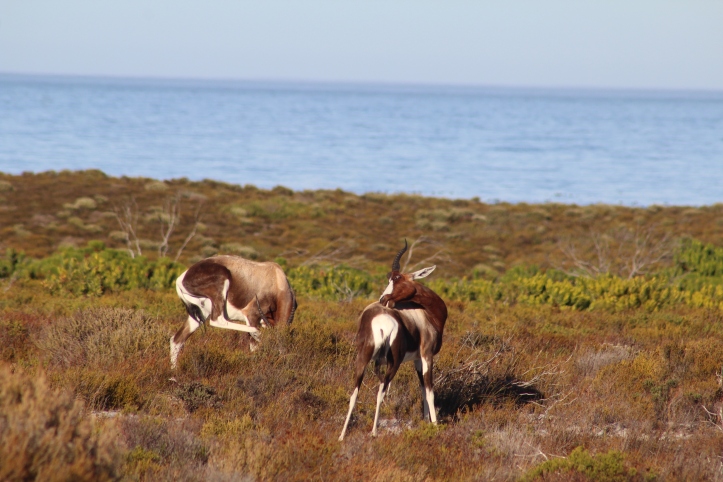
Cape Point Nature Reserve is the only part of the National Park with enough space and pristine fynbos to support herds of large mammals, like these bontebok. However, the populations must constantly be managed to prevent overpopulation and inbreeding (@Callum Evans).
In the fynbos biome, fire is a natural part of the seasonal cycle and is essential for the survival of many plant species. In fact, the seeds of some plants cannot germinate without exposure to fire just beforehand. But with suburbs bordering the national park, fires can endanger the lives of the people living in those places. To try and combat this, firebreaks have been created and maintained in this areas. an additional problem is that many fires are now set by unnatural causes like man-made fires and discarded cigarette butts. Additionally the presence of invasive alien plants from Australia like black wattle and port jackson further increase the fire risk, as these plants have evolved to catch fire and then recover. These factors increase the likelihood of fires occurring and can lead to the plants being unable to recover in time between fires.

The massive fire that occurred in March 2015 as I saw it from my house as it destroyed Tokai pine plantation (@Callum Evans)

Smoke from fires set at braai sites in Silvermine Nature Reserve move through the trees. Fire is a natural part of the fynbos cycle, but are often started because people are careless with their fires and discarded cigarettes (@Callum Evans).
Alien plants are more than just a fire risk, they also out-compete the indigenous plant species. Many of these invasive species, like pines, gum trees, black wattle and silvery hakea, come from similar climatic regions as Cape Town and so they adapt easily. They suck up huge amounts of water, which not only deprives the fynbos of that water but upsets the water table and cause rivers to dry up much earlier in the year. Fortunately, large areas of alien vegetation have been cleared in and around the park and the plants and the water have benefited greatly. One example of these changes occurred in Tokai Park December last year. This was the second year after the Tokai Plantation was mostly destroyed in the March 2015 fire. With the pine trees gone, the changes in the rivers flowing through Tokai Park was striking. Before they would have dried up by October, but that year they were still flowing in December.
One type of invasive species is far more difficult to remove from the Park, due its elusive nature and public sympathy: the Himalayan tahr. In 1930, a pair of these shaggy mountain goats escaped from Groote Schuur Zoo into the mountains. Here, finding abundant food and no predators, they quickly breed and spread across the mountains from Constantia Nek right to Table Mountain itself. The population has increased to such high levels in the past that park authorities have had to cull the tahr several times in the past. Too many tahr could cause the mountain fynbos to become degraded. But some tahr have still managed to cling on by hiding in steep gorges. Additionally, the tahr have gained popularity among a number of nature lovers in Cape Town, many of whom have protested against culling them. In response to this, park authorities have made attempts to relocate the tahr’s, with mixed results. I’ve been lucky enough to see one for myself in Skeleton Gorge above Kirstenbosch and it’s easy to see why they’ve gotten so much public sympathy.
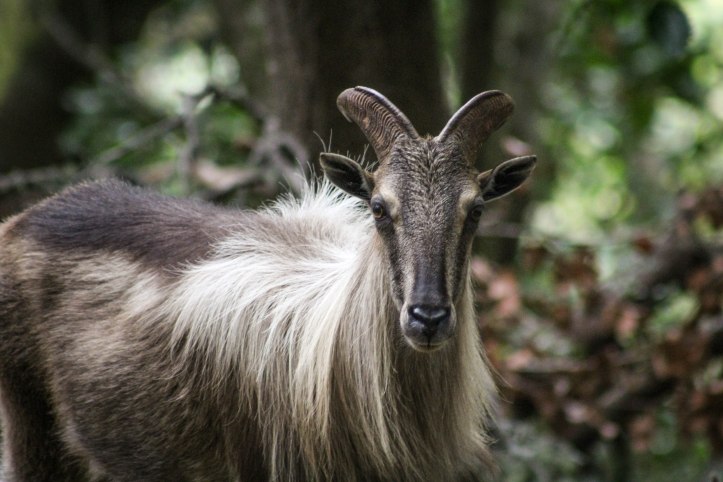
One very lost mountain goat: a Himalayan tahr in Skeleton Gorge, a descendant of the original pair that escaped from Groote Schuur Zoo in 1930, breed and proliferated. They became so successful that they’ve had to be culled several times to protect the fynbos. Even so some still cling on, like this one, and many city residents are against the culling (@Callum Evans).
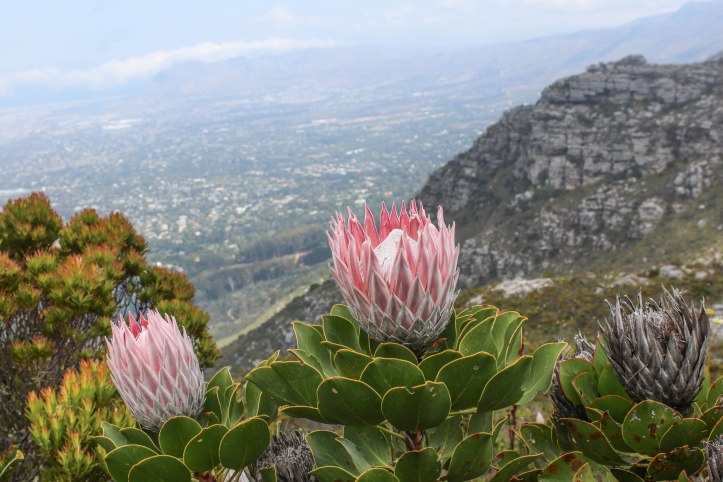
King protea’s, our national flower, with the southern suburbs of Cape Town in the background. This photo, in my opinion, captures how the mountains are islands in a rapidly urbanising ocean (@Callum Evans).

One of the 7 great white sharks I saw while cage diving. False Bay holds one of the worlds highest concentrations of these sharks and while encounters with them are rare, when a shark attack or encounter occurs it is often widely publicised and occasionally blown out of proportion (@Callum Evans).
Some resident animals have received mixed responses from the public over the years. Perhaps the most infamous lives in the waters of False Bay: the great white shark. Up to 700 great whites visit False Bay each year, drawn by the 20 000 cape fur seals that breed on Seal Island, a tiny rocky outcrop in the Bay. Each winter, the sharks pursue the seals in spectacular aerial hunts that have made them famous. But in summer when the seals disperse, many sharks move inshore and patrol the coastline. This brings them into contact with the thousands of surfers and beach-goers that crowd beaches like Muizenberg and Fish Hoek in the summer. While the sharks are not losing their habitat to humans, sharks have had one of the worst reputations of any animal in the mind of humans. This reputation has lead to sharks being vilified in popular culture and, in the past, extensively hunted by sports fishermen. Over recent years, there have been several well-publicized attacks and while these are tragic, they are very rare. In the 11 years I’ve lived in Cape Town, there have been only 2 sharks attacks at Fish Hoek Beach, despite there being dozens of sharks swimming just beyond the breakers metres from the surfers. The low number of attacks can also be attributed to the work of the Shark Spotters, who watch over the beaches to prevent human-shark interactions, and public education done by the Save Our Seas Foundation. Today great whites are a legally protected species in South Africa, but are still threatened by fisheries illegally hunting them for their fins.
Another animal which has a mixed relationship with humans in Cape Town is the chacma baboon. About 15 troops live in the national park and almost all of them have territories that either border suburbs or tourism facilities. I have two troops living just up the road from me in Tokai. In the past, these baboons would have ranged out onto the Cape Flats and been able to maintain genetic diversity with baboons from the Hottentot-Holland Mountains. But now the Flats are almost completely covered by housing and agriculture. The Cape baboons are now marooned in the National Park and with the ever expanding suburbs they are coming into increasing conflict with humans. This started because baboons were fed by people, ignorant of what this could cause, and now baboons are so used to our presence and our food that they actively seek us out. Some baboons have learnt how break into houses and open car doors in the search for food and they will get aggressive towards people who they think have food. Park authorities have employed baboon monitors to keep track of the troops and to chase them away from residential areas. This project has largely been a success but still the baboons persist. Culling has also been implemented but this is hugely controversial and can upset the dynamics of the troops.

Nothing to eat: a chacma baboon searches for scraps in a rubbish bin at the restaurant at Cape Point. Due to past misbehaviour by humans and the decreased space available to them, many of the baboons in the Park have taken to stealing human food, which has lead to increased conflict and a number of baboons being killed (@Callum Evans).

A member of one of the only baboon troops in the world that forage for shellfish (limpets and mussels) in the inter-tidal zone. I was lucky enough to watch this troop forage about 10 metres from me (@Callum Evans).
Despite all the problems facing it, this National Park is still surviving and indeed is almost thriving. Certain species of plants have been saved from extinction here over the years, including the iconic silver tree which only lives on the slopes of Lion’s Head, Devil’s Peak and a few other mountains. In 2014, honey badgers were photographed still living in the Silvermine Section of the Park. And in the Cape Point Nature Reserve at the southernmost tip of the Park, you can still get a glimpse of what this whole area was once like. Every time I go there I am blown away by the immense plateau of fynbos, which is dotted here and there with ostriches and herds of bontebok and eland. In fact, if I go hiking in any section of the National Park, it feels like I’ve left the city completely behind. I hope that it can retain that magic for years to come.

A view of Olifantsbos Beach in Cape Point looking north towards Scarborough. Cape Point is only part of the Peninsula that still has protected coastal strandveld (@Callum Evans).

A ground woodpecker in Cape Point. These elusive birds are just one of the over 200 species found in and around the Park (@Callum Evans).
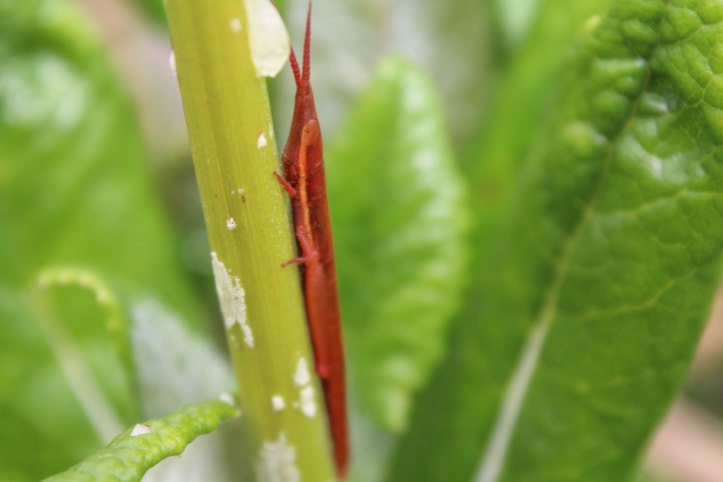
A bizarre cricket hidden amid the fynbos. The insect diversity on the mountains is very high but it doesn’t receive nearly as much recognition as the fynbos species (@Callum Evans).
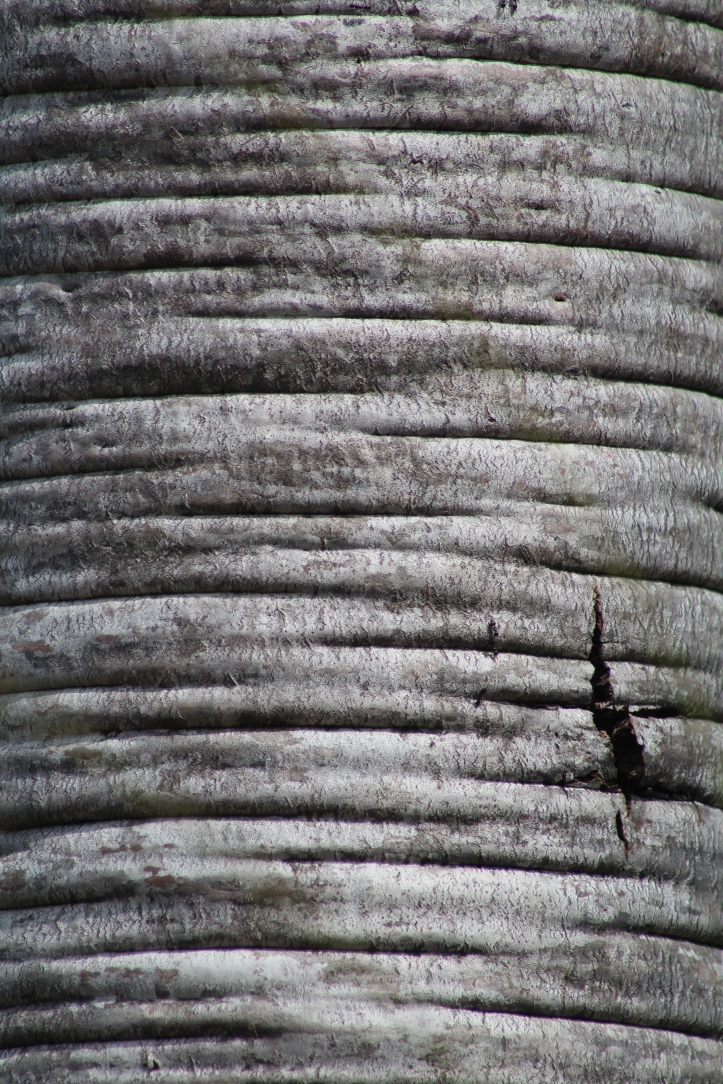
A close-up photograph of the bark of a silver tree (which is actually a member of a family of protea’s called conebushes) (@Callum Evans).
I saw that 2015 fire when it first started above Muizenberg – I was walking our dogs at Zandvlei, where we lived at that time and only if they could have got to it more quickly, it would not have spread like it did. And I still wonder why Disaster Management at Fish Hoek were told to stand down?! And that was from one of the volunteers who is also a work colleague.
LikeLiked by 1 person
I saw the fire from my house in Tokai, it burnt the plantation and came to within 200 metres of our road!
LikeLiked by 1 person
Fish Hoek, Noordhoek and Muizenberg were definetely the worst affected areas, the house that my old headmaster (high school) was going to retire to in Noordhoek got burnt down!
LikeLiked by 1 person
Mr. Richardson – my brother went to Wynberg too, finished in 1977 and I matriculated at WGHS in 1975, my sister in 1976.
LikeLike
Exactly- nice, I matriculated 2015 and my sister just matriculated from WGHS this year
LikeLiked by 1 person
I do not even know the way I stopped up right here, but
I assumed this submit used to be good. I don’t recognise who you’re but certainly you are
going to a well-known blogger for those who are not already.
Cheers!
LikeLike